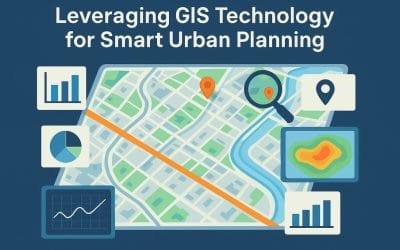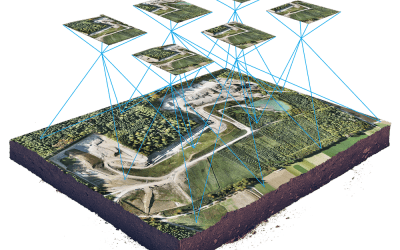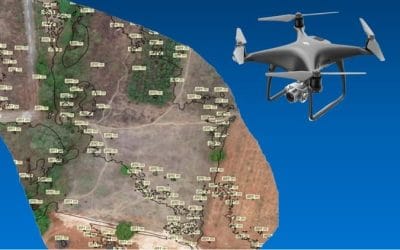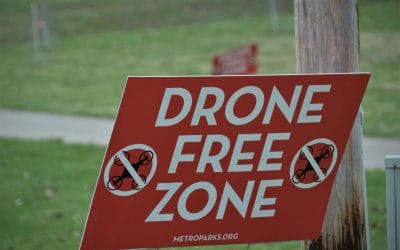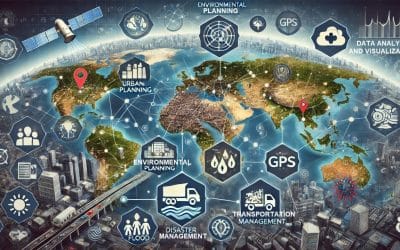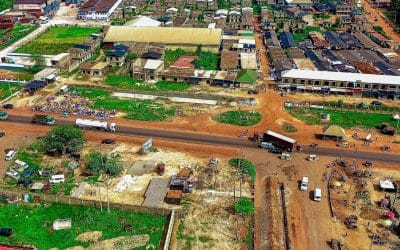Mapping the Unreachable
In the world of geospatial science, data is power but it’s only as good as your ability to collect it. What happens when the terrain is too rugged, the site too toxic, or the disaster too recent for humans to enter safely? Enter drone-based GIS: a technology bridging the gap between inaccessible landscapes and actionable intelligence.
As drones become more autonomous and sensor-packed, their role in remote or hazardous environment mapping has moved from experimental to essential. Whether navigating volcanic slopes, unstable ice fields, or post-disaster zones, drones are empowering GIS professionals to bring clarity to places the human eye cannot safely reach.
Let’s explore how this airborne tech is rewriting the rules of fieldwork with a case study that proves just how critical it has become.
The Challenge of Inaccessible Terrain
Remote and hazardous environments pose some of the toughest challenges for geospatial data collection:
- Extreme climates (e.g., polar, desert, high-altitude)
- Contaminated or unstable areas (e.g., chemical spills, landslides, post-blast zones)
- Rugged topography with no road or foot access
- Time-critical emergency response situations
Traditional methods satellite imagery, helicopters, or manual surveying often fall short due to cost, resolution limitations, or sheer physical danger.
That’s where drones shine. Flying just tens to hundreds of meters above ground, they capture high-resolution, real-time data that can be processed into detailed orthomosaics, 3D models, and terrain maps, even in the most extreme environments.
Example: Mapping the Fagradalsfjall Volcano, Iceland
In March 2021, the Fagradalsfjall volcano erupted on Iceland’s Reykjanes Peninsula for the first time in over 6,000 years. The eruption drew global attention, not just for its geological significance, but for the way it was studied.

Icelandic scientists deployed drones equipped with thermal cameras and LiDAR to map the active lava flows and surrounding topography. These drones captured real-time thermal data and built 3D GIS models, which helped volcanologists understand how the lava was spreading, where new fissures might emerge, and which roads or villages could be at risk.
What made this possible? The drones flew safely above toxic gases and superheated terrain where no person or vehicle could travel. Their data was processed into GIS layers that informed public safety decisions, land use analysis, and scientific understanding of the event.
This is drone-based GIS at its best: non-invasive, precise, and indispensable.
What Drones Deliver in These Conditions
Drone-based GIS in difficult terrain doesn’t just replicate traditional mapping it often exceeds it in scope and safety. Key capabilities include:
- High-resolution photogrammetry for detailed base maps
- Thermal imagery to detect fire zones, lava flows, or chemical activity
- LiDAR scanning for vegetation, elevation, or structural analysis
- Multispectral sensors for environmental or ecological monitoring
- Real-time data feeds for emergency response teams
All this is possible without placing surveyors in harm’s way.
Applications Beyond Volcanology
- Post-disaster mapping: Earthquake aftermath, flood plains, landslides, and wildfires
- Environmental monitoring: Glacial retreat, desertification, and wildlife habitats
- Industrial inspection: Oil spills, pipeline leaks, and mining sites
- Border and military reconnaissance in dangerous terrain
One example comes from Mozambique in 2019, where drones were deployed to assess flooding caused by Cyclone Idai. Inaccessible roads and submerged terrain made traditional surveys impossible. Drone imagery was turned into GIS maps showing displaced populations, collapsed infrastructure, and access routes for humanitarian aid.

The Bigger Picture
The ability to map the “unreachable” isn’t just about overcoming physical obstacles. It’s about democratizing data, accelerating emergency response, and pushing the boundaries of what’s possible in geospatial intelligence.
With advancements in AI-assisted flight, real-time streaming, and cloud-based GIS platforms, drone mapping is becoming faster, safer, and smarter. For geographers, first responders, and planners alike, the skies are no longer the limit; they’re the new front line of spatial awareness.
As we continue to face a future shaped by climate extremes, urban expansion, and humanitarian crises, drone-based GIS will play an increasingly vital role. When the boots can’t go on the ground, the drones will go instead, and bring back the map.





























































































